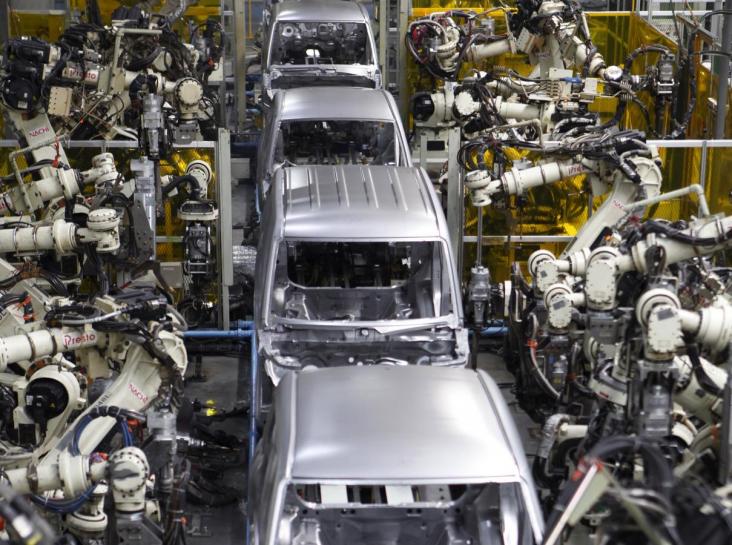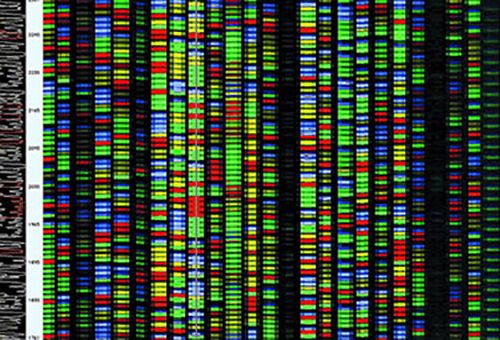May 4, 2016
Rich and powerful warn robots are coming for your jobs
Posted by Julius Garcia in categories: employment, robotics/AI
LOS ANGELES Some of the richest, smartest and most powerful humans have an important message for the rest of us as they convened this week to discuss pressing global issues: the robots are coming.
At the Milken Institute’s Global Conference in Beverly Hills, California, at least four panels so far have focused on technology taking over markets to mining — and most importantly, jobs.
“Most of the benefits we see from automation is about higher quality and fewer errors, but in many cases it does reduce labor,” Michael Chui, a partner at the McKinsey Global Institute, said on Tuesday during a panel on “Is Any Job Truly Safe?”
Continue reading “Rich and powerful warn robots are coming for your jobs” »















